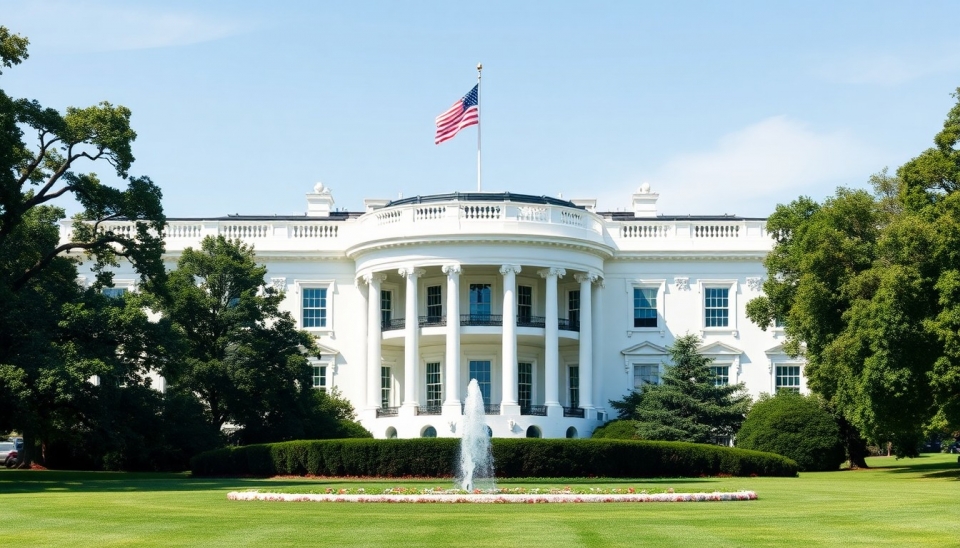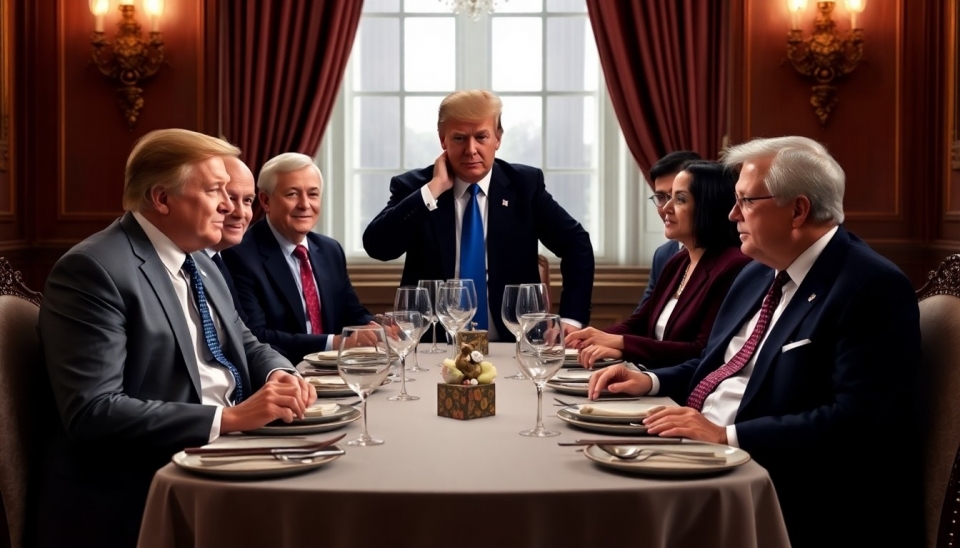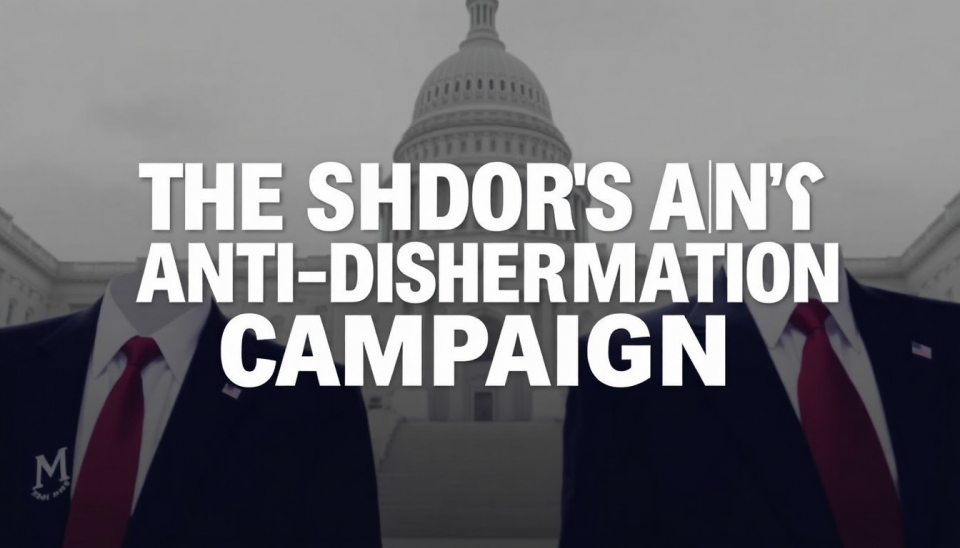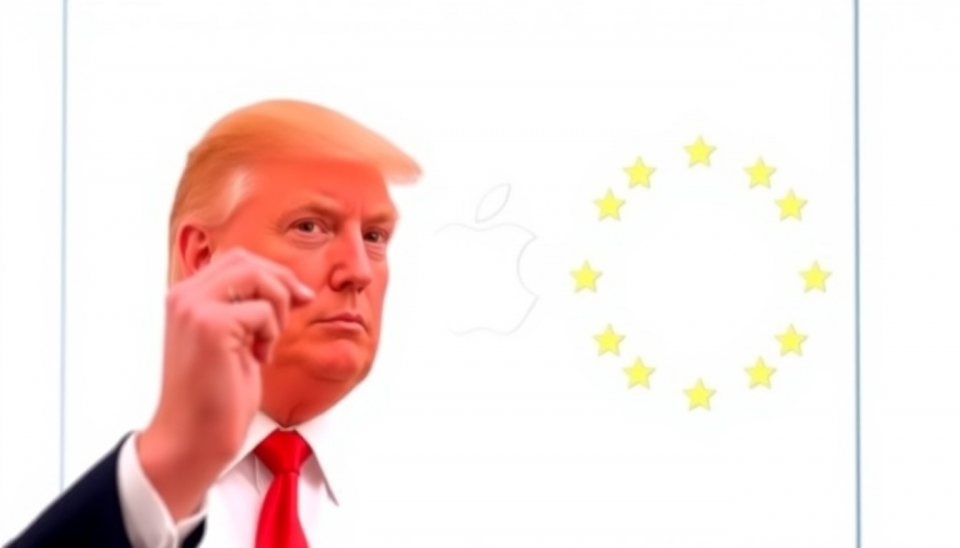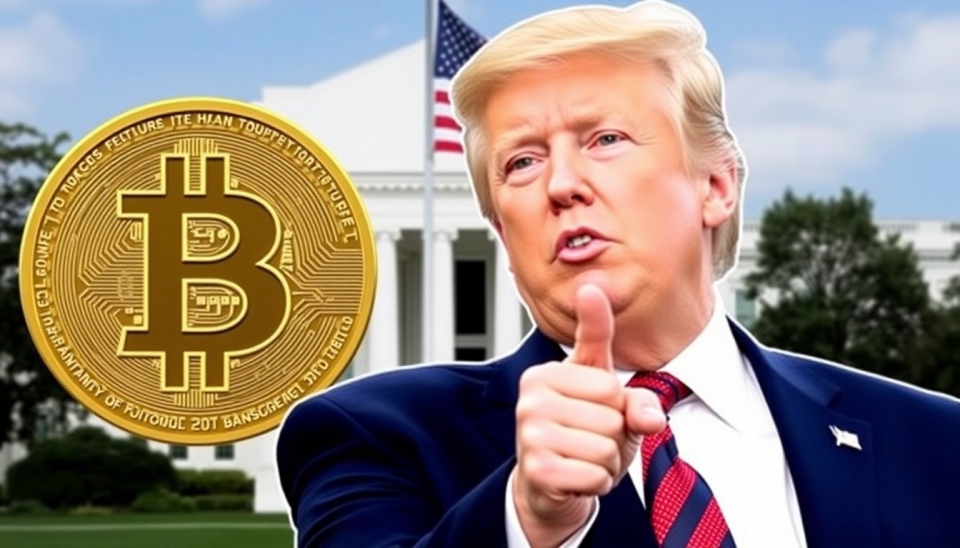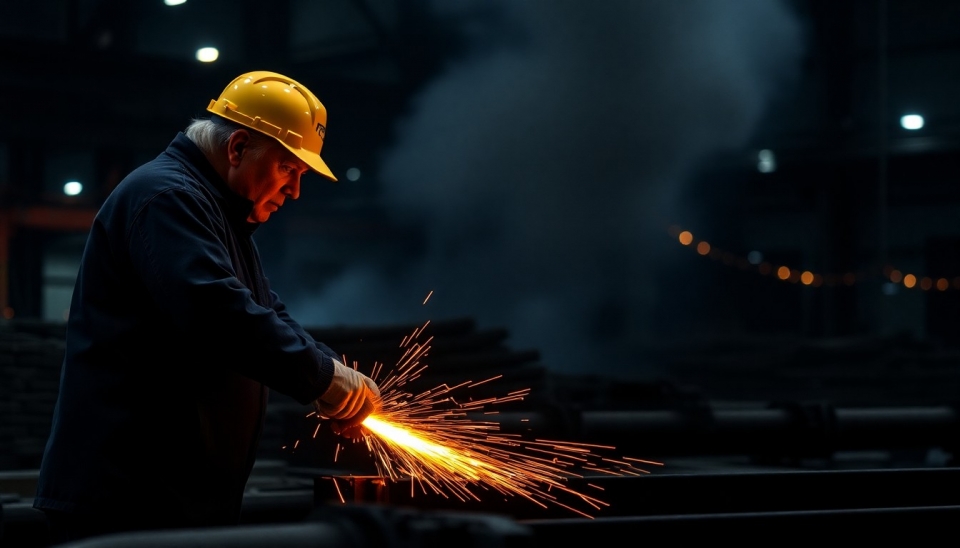
In a move reminiscent of past trade policies, former President Donald Trump has announced the reintroduction of tariffs on steel imports, reviving a controversial strategy aimed at protecting American jobs and industries. This decision comes as a response to ongoing concerns about the domestic steel industry's ability to compete amid a global market saturated with low-cost competition, particularly from countries like China.
Trump's latest tariff proposal, which could have significant implications for American manufacturers and consumers alike, is seen as an effort to stimulate domestic production and secure jobs in a sector that has been struggling for years. Experts believe that while these tariffs may offer some immediate relief to American steelworkers facing job insecurity, they are unlikely to offer a long-term solution to the issues plaguing the industry.
The timing of the announcement appears to be strategic, occurring just months before the next presidential election. By re-promoting his "America First" policy, Trump aims to rally support among blue-collar workers who have historically been a core part of his voter base. However, critics argue that the effectiveness of such tariffs is unproven and can lead to increased costs for consumers, not to mention the potential for retaliatory measures from trading partners.
Steel tariffs imposed during Trump’s previous administration had some initial successes, leading to a temporary boost in domestic production and a rise in steel prices. However, many experts noted that these effects were fleeting, and the sector soon returned to its old struggles, exacerbated by global oversupply and other market pressures. The historical context raises questions as to whether this renewed tariff strategy can produce a substantially different outcome.
Economists warn that the broader implications of these tariffs could adversely affect various industries that depend heavily on steel, such as automotive and construction. As production costs rise, manufacturers may pass these expenses onto consumers, further inflating prices in an already burdened economy. This dilemma presents a precarious balance: attempting to save jobs in one sector while risking job losses in others due to increased prices and potential supply chain disruptions.
Furthermore, the geopolitical implications cannot be overlooked. Increased tariffs could initiate trade tensions with other nations, possibly leading to a cycle of retaliation that may hurt American exporters. For instance, countries affected by the tariffs could impose their own tariffs on U.S. goods, hitting other sectors hard, eroding any potential benefits from the steel tariffs.
As the situation develops, industry experts will closely monitor the impact of the tariffs on domestic steel production and employment figures. The need for a more comprehensive approach to revitalizing the steel industry—one that includes investments in technology, workforce training, and sustainable practices—will likely be at the forefront of discussions among policymakers and stakeholders moving forward.
The ultimate question remains: will Trump’s renewed emphasis on steel tariffs successfully revitalize an industry in decline, or will it simply serve as a fleeting political gesture that fails to confront the deeper challenges facing American manufacturing?
As we approach the election season, the effects of these tariffs will be significant not just for the steel industry but also for the political landscape. Stakeholders across various sectors will be keeping a close eye as they navigate this complex and evolving narrative.
#Trump #SteelTariffs #AmericanManufacturing #Economy #TradePolicy #JobSecurity #IndustryRevival #PoliticalStrategy
Author: Emily Collins
